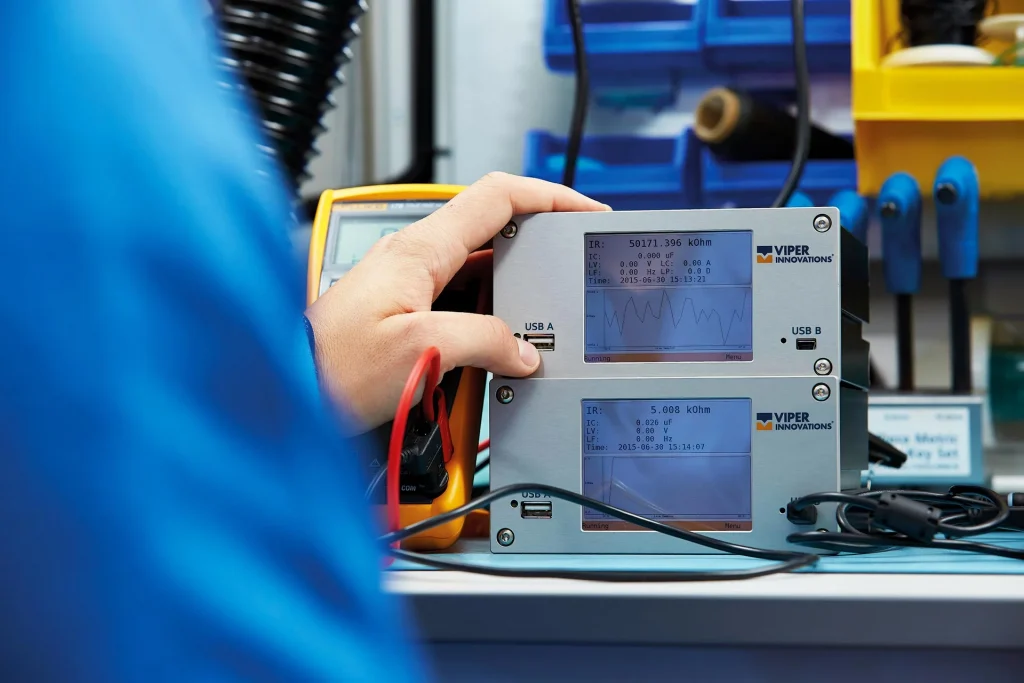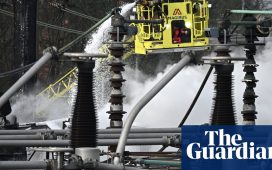
Safety in electrical systems often hinges on the effectiveness of monitoring technologies. When failures occur, they can lead to catastrophic incidents, making the reliability of electrical distribution systems crucial.
Investing in advanced monitoring solutions mitigates risks and enhances operational efficiency across various industries, ensuring systems remain functional and reliable under varying conditions. By prioritising safety through these innovations, organisations can protect their assets, minimise downtime, and foster a proactive maintenance culture.
The Importance of Monitoring in Electrical Systems
Electrical systems form the backbone of many industrial operations, from oil rigs to railway networks. Regular monitoring of these systems is essential for maintaining safety and compliance. Effective monitoring helps identify potential issues before they escalate, providing businesses with peace of mind and minimising downtime.
Integrating innovative solutions allows real-time data collection, facilitating quicker response to faults. Companies can implement proactive diagnostics that alert maintenance teams at the first sign of irregularity. Such an approach allows timely interventions, preventing costly repairs and potential hazards. Understanding the critical role these technologies play aids businesses in upholding operational integrity and safety standards.
Moreover, a robust monitoring strategy aids in regulatory compliance. As industries face stringent safety regulations, having the right tools to demonstrate adherence becomes indispensable. Monitoring devices for insulation enhances safety and builds customer trust by showcasing a commitment to operational excellence.
Key Benefits of Advanced Monitoring Solutions
Investing in advanced monitoring technologies offers numerous advantages that can significantly improve operational efficiency. Monitoring devices provide crucial insights into the performance and integrity of electrical systems, enabling businesses to optimise maintenance schedules and reduce unexpected failures. These insights enhance safety and contribute to a more reliable operational environment.
Features such as online cable diagnostics and network integrity assessments enable companies to track the health of their systems in real-time. This capability ensures that potential failures are addressed before they disrupt operations, allowing for targeted interventions. Furthermore, effective monitoring can save substantial costs by minimising unplanned outages and optimising maintenance resources, leading to a better allocation of budgets and manpower.
The data collected through these devices can be analysed to inform future investments and improvements, ensuring that companies remain competitive and proactive in their maintenance efforts. This strategic approach aligns with the goals of many businesses focused on reducing costs while enhancing safety and operational reliability. By leveraging these insights, organisations can make informed decisions that bolster their long-term success.
Innovations Driving the Future of Electrical Monitoring
The future of electrical system management is promising, thanks to ongoing advancements in monitoring technologies. Innovations such as artificial intelligence and machine learning are transforming the landscape, unprecedentedly driving efficiency and safety. By analysing data trends, companies can predict potential failures and schedule maintenance based on actual system conditions rather than fixed timelines.
Remote monitoring capabilities have also improved significantly. This feature allows for constant oversight of systems, regardless of their location. For instance, maintaining high safety standards without needing on-site personnel becomes feasible in industries like oil and gas, which often operate in remote areas. The significance of these technologies cannot be overstated; they represent a substantial leap forward in managing electrical integrity.
As the industry develops, staying updated on these advancements is crucial for businesses aiming to enhance their operations. Prioritising investments in innovative monitoring solutions helps companies stay ahead of the competition, ensuring their systems are compliant and efficient.
The Impact of Data Analytics in Monitoring
Data analytics plays a pivotal role in modern monitoring technologies. By leveraging data collected from monitoring devices, businesses can gain deeper insights into the performance of their electrical systems. This wealth of information allows decision-makers to pinpoint inefficiencies and identify areas for improvement.
For example, analysing historical data can reveal patterns that indicate wear and tear on components, enabling companies to implement preventative measures before issues arise. This proactive approach reduces downtime and avoids costly emergency repairs. Furthermore, data analytics can improve resource allocation, ensuring that maintenance teams focus their efforts where needed most.
Integrating analytics with monitoring devices creates a feedback loop that enhances operational decision-making. Companies can continuously refine their processes and strategies based on empirical evidence, leading to improved safety outcomes and increased reliability.
Ensuring Compliance Through Effective Monitoring
As regulatory standards tighten across various industries, the importance of monitoring devices in ensuring compliance cannot be overlooked. These devices provide essential data documenting adherence to safety protocols, enabling businesses to demonstrate their commitment to regulatory requirements.
Regular reporting generated by monitoring systems allows businesses to stay ahead of compliance audits. This reduces the risk of penalties and fosters a safety culture within the organisation. Companies that proactively manage their safety standards are better positioned to build a positive reputation in the industry.
Moreover, effective monitoring can enhance collaboration between operational and safety teams. By sharing insights and data, teams can work together to address potential issues before they become critical. This approach to safety and compliance ultimately leads to a healthier work environment and a more resilient business model.











